
FDA-approved immunotherapy options such as atezolizumab and durvalumab have produced substantial benefits in certain groups of patients with extensive-stage small cell lung cancer, says Gregory Peter Kalemkerian, MD.

Your AI-Trained Oncology Knowledge Connection!


FDA-approved immunotherapy options such as atezolizumab and durvalumab have produced substantial benefits in certain groups of patients with extensive-stage small cell lung cancer, says Gregory Peter Kalemkerian, MD.
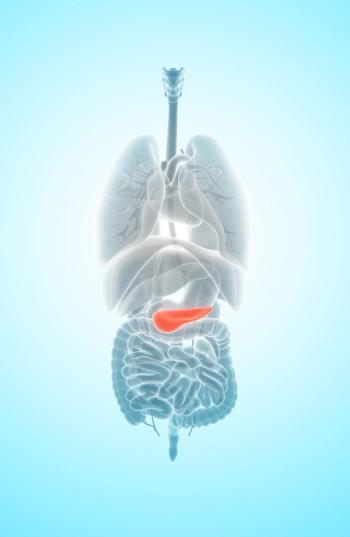
Higher CA19-9 levels appear to correlate with increased recurrence and mortality for specific patients with pancreatic cancer who undergo surgical resection.

Frontline pembrolizumab with or without chemotherapy appears to remain a standard of care for patients with recurrent or metastatic head and neck squamous cell carcinoma based on data from the LEAP-010 study.

Data from the phase 3 PAPILLON trial support the FDA approval of amivantamab plus chemotherapy for patients with metastatic non–small cell lung cancer harboring EGFR exon 20 insertion mutations.

Results from a phase 1/2 trial show clinical activity of APG-115 in patients with p53 wild-type salivary gland cancer.
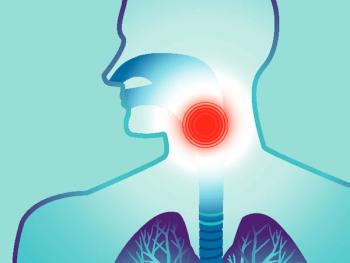
Results from cohort A of a pilot study of patients with HPV–associated oropharyngeal carcinoma did not meet its primary end point.

A post hoc analysis of lurbinectedin showed an improvement in the overall response rate compared with topotecan for patients with small cell lung cancer.

The use of a single-port robot may allow for surgically treating more patients with head and neck cancer in a more timely manner, according to Hilary McCrary, MD, MPH.

The positive impacts on outcomes like recurrence-free survival with Orca-T highlight the importance of identifying that may benefit all key transplant outcomes, according to Alexandra Gomez Arteaga, MD.
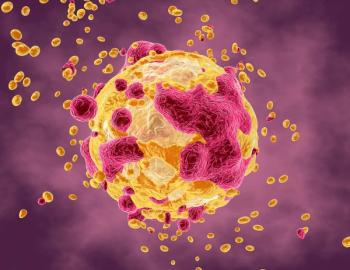
Findings from the phase 3 DeFi trial support the marketing authorization application for nirogacestat as a treatment for adult patients with desmoid tumors in the European Union.
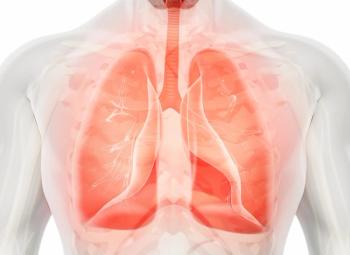
The nivolumab with chemotherapy regimen missed the primary end point on the phase 3 trial of patients with EGFR-mutated non–small cell lung cancer.

Findings from the phase 3 OCEAN trial did not confirm the clinical benefit of melphalan flufenamide as a treatment for patients with relapsed/refractory multiple myeloma.

Data from the phase 1 portion of the ARROS-1 trial support the breakthrough therapy designation for NVL-520 as a treatment for those with ROS1-positive non–small cell lung cancer.
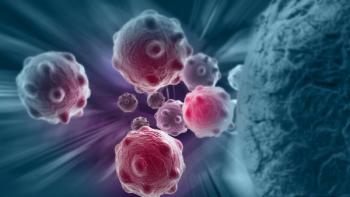
Authors of a study from the American Cancer Society estimate over 2 million new cancer cases in 2024.

ABCA12, CLIP1, and ATP13A3 somatic mutations appear to correlate with a vascular invasion phenotype in patients with poorly differentiated thyroid cancer.
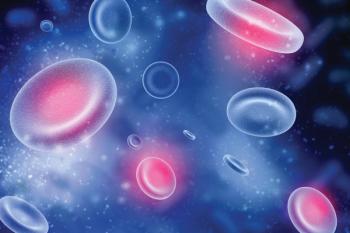
Data from the phase 1/2 EPCORE NHL-1 trial support the supplemental biologics license application for epcoritamab as a treatment for patients with relapsed/refractory follicular lymphoma.
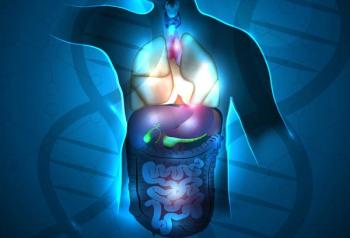
Data from the phase 3 RATIONALE 305 trial support the biologics license application for tislelizumab plus chemotherapy in advanced unresectable or metastatic gastric or gastroesophageal junction adenocarcinoma.

Findings highlight a need for individualized risk evaluation for venous thromboembolism and prophylaxis regimens for patients receiving surgery for different types of cancer.
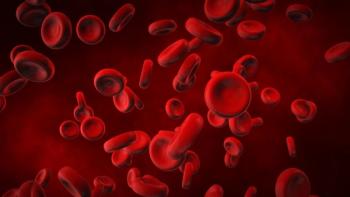
Combining Orca-T with myeloablative BFT conditioning may improve outcomes for older patients with hematologic cancers, according to Caspian H. Oliai, MD.
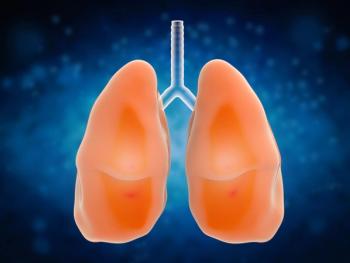
Findings from 3 phase 3 trials support the marketing authorization application for tislelizumab as a treatment for patients with non–small cell lung cancer in the European Union.
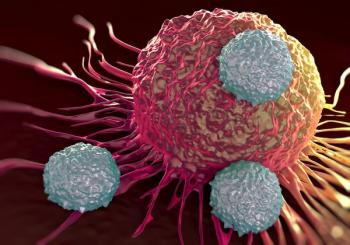
Emphasizing precise terminology in clinical studies may improve the transparency and accuracy of information presented at oncology conferences.

Preliminary findings from a phase 1 trial support the breakthrough therapy designation for BAY 2927088 as a treatment for those with unresectable or metastatic non–small cell lung cancer harboring HER2 mutations.

A phase 1/2 study found that using azacitidine, venetoclax, and gilteritinib for patients with FLT3-mutated acute myeloid leukemia yielded high rates of complete response and complete response with incomplete hematologic recovery.

Diane M. Simeone, MD highlights the importance of multidisciplinary care, surgical practices, and early detection in pancreatic cancer care.
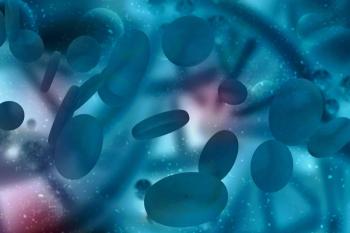
Immune engager therapies, if available, should be considered as a first treatment choice following idecabtagene vicleucel treatment in multiple myeloma, according to Murali Janakiram, MD, MS.
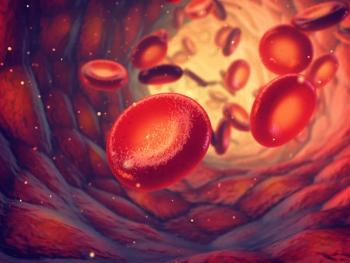
Findings from the phase 1/2 TRANSCEND CLL 004 trial support lisocabtagene maraleucel as a potential new treatment option for relapsed/refractory chronic lymphocytic leukemia or small lymphocytic lymphoma.
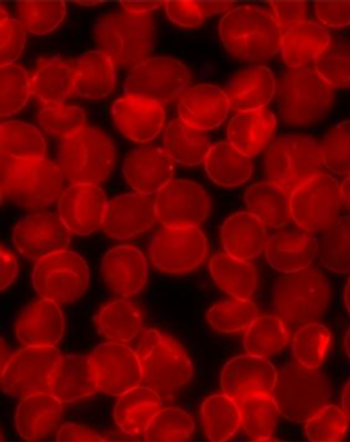
Response rates appear to be higher among patients with acute graft-versus-host disease who receive ruxolitinib compared with best available therapy in the phase 3 REACH2 trial.

The early introduction of cilta-cel in patients with relapsed/refractory multiple appears promising based on data from the phase 2 CARTITUDE-2 trial, according to Jens Hillengass, MD, PhD.

Approximately a third of patients with chronic graft-versus-host disease remain on treatment with ruxolitinib for a median of 389 days, according to findings from a retrospective study.
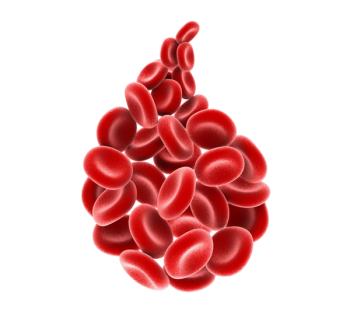
Large studies may be warranted to evaluate the efficacy, safety, and durability of response in patients who receive ruxolitinib plus belumosudil for graft-versus-host disease, according to the authors of a retrospective analysis.